I have to make an honest confession – I have ruined my hair.
I made it distressed.
I made it dehydrated.
I made it gut-wrenching.
Frankly speaking, it was just a moment.
Just one month was enough for my hair to start looking… hm… to put it the nicest way possible, very unattractive.
How did it happen?
Obviously, fairly banally.
By lightening it up, blow-drying, straightening and, as it turned out, exposing it to mismatching hair care.
I had never lightened my hair up before as I didn’t know that such a procedure can change hair’s structure. I wasn’t aware of the fact why oils that I had been using that far suddenly made my hair frizzy and simply stopped working. My hair was becoming more and more damaged, it was getting dehydrated with the speed of light, losing its shine and elasticity and… wait! I remember talking to myself: “It’s not the way I wanted it to be! I was supposed to be a blonde cutie like Daenerys from the Game of Thrones!”
My despair lasted until I came across the articles concerning hair porosity.
In this way, I learned that….
… firstly, our hair is made of the outer keratin layer which creates a kind of scales (totally dragon-like!) and the scales either are arranged very closely to the hair shaft or are more or less loose.
… secondly, this loose structure of hair scales is connected with the way it should be treated. The looser the hair scales are, the bigger particles should all care cosmetics contain. It’s all about fitting the particles of a particular hair product to the hair’s structure and don’t let them get into the gaps like into some cosmic black whole 😉
This is the very reason why my beloved coconut oil, which I had been using, suddenly (after lightening my hair up) stopped working and instead of improving the condition of my hair and nourishing it, the oil started making the strands frizzy. Now I know that the ammoniac the lightener had, and by torturing the strands with a flat iron, rollers and a blow-dryer have changed my porosity into a higher one. To put it differently, I unconsciously made my hair scales loose and contribute to it becoming defenceless and puny.
In this way, I discovered that hair care has to suit the hair porosity type. Of course, natural oils are best for this procedure because their particles have different sizes and they are able to fit into the structure of the hair.
In order to make sure which type of porosity my hair is (is it the highest already?) and which product I should reach for to regenerate the strands, I ran a hair porosity test. If it wasn’t for the test, I wouldn’t have been able to choose natural oils that helped my hair.
With this in mind, I address all the girls out there, if you notice that there is something wrong happening to your hair, or if a certain cosmetic simply doesn’t work on your hair, I suggest checking what hair porosity type your hair is. Thanks to this knowledge, you’ll be able to supply your strands with what they really need to grow healthy and strong. In my opinion, the most authoritative hair test is available here:
https://nanoil.us/hair-porosity-test
Good luck!




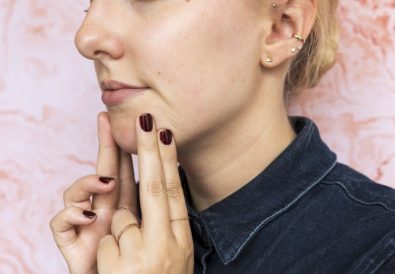
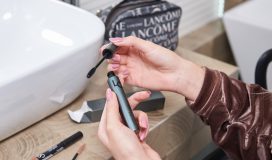

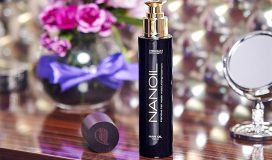


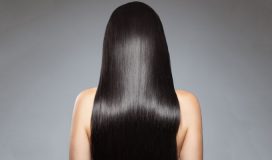

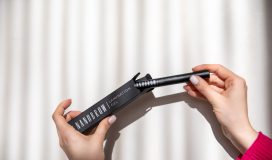

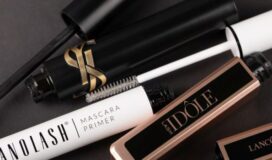
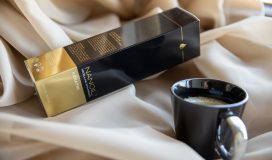
Leave a Reply